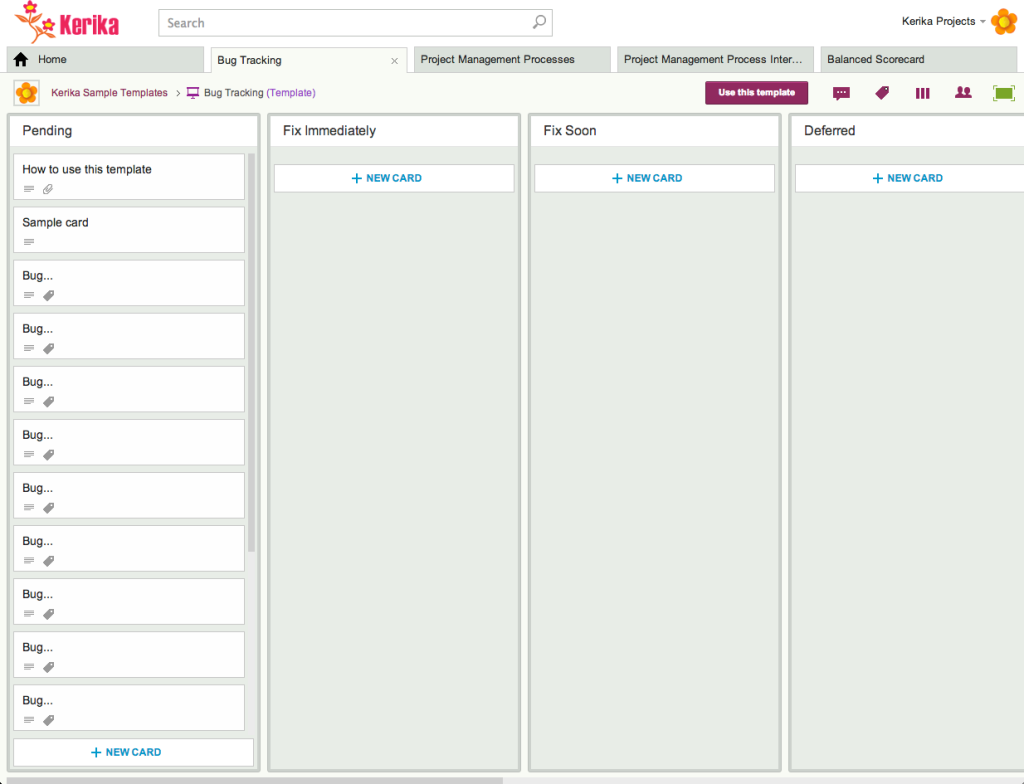(The second in a series of blog posts on why we are adding integration with Box, as an alternative to our old integration with Google Drive.)
In our last post we talked about the privacy overhang that Google Drive faces with many of our prospective customers.
In this post we talk about some frustrations we have experienced as a Google Drive developer, which we would characterize as generally flowing from a lack of transparency on Google’s part.
Sometimes things break within Google Docs or Google Drive, and if the outage is not very widespread, it isn’t acknowledged very well. Google has an App Status Dashboard that is useful when there are major problems, but we have seen minor issues persist for days at a time without being reflected on this Dashboard.
On one occasion there was a problem with Google’s OAuth infrastructure: people trying to sign into their Kerika accounts were getting bounced with mysterious error messages. There was no easy way for us to figure this out because OAuth is simply an underpinning service for Google Apps: it doesn’t have its own status indicator on the App Status Dashboard.
We spent a day sifting through error messages and exceptions logged by our server (in increasing desperation!), before the problem went away as mysteriously as it had appeared.
More recently, our users faced a problem with opening PDFs and image files (PNG, JPG, etc.) that were attached to cards or canvases.
Kerika was correctly getting the thumbnails of these images from Google Docs — so we knew the files were there and were accessible by the user (i.e. it wasn’t a permissions problem), but when users clicked on the thumbnails they got a “503 System Error”.
This particular problem hit close to home for us: we use screenshots and mockups very extensively to communicate between our Seattle and India-based teams. Not having an easy way to download images that were attached to cards and canvases was a serious inconvenience for us, and we even resorted to using email! (We had given up using email over 18 months ago…)
Being able to seamlessly manage your cloud storage files is a critical element of the Kerika user experience, so from our perspective this was a major problem. Every attempt at debugging failed: old files were opening correctly, but new files weren’t. And while documents and spreadsheets were opening correctly, images and PDFs wouldn’t open…
We even combed through our git branches to see where the bug might be hiding.
There as no bug on our end: our code dealing with thumbnails and Google Drive hadn’t changed in the past 6 weeks.
At this point we knew the problem wasn’t on our end, but that still left us with frustrated users. Our users have very high expectations of Kerika’s product quality and customer service, and we couldn’t explain the problem or manage expectations.
As software professionals ourselves, we are entirely sympathetic to others facing bugs or outages: we suffer these too, all the time, and take no pleasure in casting stones. But we do think Google could have done a better job of notifying people that there was a problem, so we could manage our users’ expectations accordingly.
This is what we try to do ourselves: when we find a bug, we reach out, proactively, to our users to let them know they were affected. We try to provide an honest description of what happened (if it’s a bug in Kerika, we are candid about it), and we provide updates while we work to fix the bug, and then we reach out to them later to make sure our fix works.
Here’s how our users react to our outreach:
“AWESOME! thanks! I’m recommending you to all my friends.” — a church pastor in Florida
“Woo! Yes. Thanks very much!” — marketing manager in Colorado
“WOW! So impressed with your response time and thoughtfulness.” — small business owner in California
We concluded that any alternative cloud platform we chose had to come from a company that was more transparent and accessible: we wanted to be able to able to report problems and get them fixed, and most importantly, we wanted reliable channels of communication. If we know what’s going on with the cloud platform, it becomes much easier to manage our user’s expectations and keep them happy.
The full series:
- Part One: Privacy Concerns
- Part Two: Transparency
- Part Three: Considering Alternatives
- Part Four: The Dropbox Option
- Part Five: The OneDrive Option
- Part Six: The Box Option
- Part Seven: Disentangling from Google
- Part Eight: Our experience with Box (so far)
- Part Nine: Final QA
